On the morning of May 6, 1954, Battalion 255 of Regiment 174, which had been defending Hill A1 for 34 days and nights, was ordered to withdraw to Hill Chay as a reserve force. The explosion of nearly 1,000 kg of explosives on Hill A1 was chosen as the charge signal for the attack that evening.
Blinding the "eye" of the Dien Bien Phu stronghold group
In his memoir “Dien Bien Phu - Historic Rendezvous”, General, Commander-in-Chief Vo Nguyen Giap wrote: “The rain stopped, the general staff reported that last night the enemy had parachuted hundreds of additional troops. Enemy aircraft were active at an unprecedented level since the beginning of the campaign. They dropped bombs and fired rockets at our defensive positions, especially hill C1. Anti-aircraft artillery shot down another C.119.
The sun was shining brightly at noon. I climbed to the top of Muong Phang Mountain behind the Command Post to observe the battlefield. For nearly a month, from this position, with a large optical multiplier, I had been following the progress of our trenches. At first, the separation between us and the enemy was very clear.

Our troops crossed Muong Thanh bridge, attacking the last stronghold of the Dien Bien Phu stronghold. Photo: VNA
The enemy stronghold was a dense mass, like giant beehives lying close together on both sides of the Nam Rom River. Our positions were trenches with many branches surrounding the Muong Thanh field. But from the end of April, it was very difficult to distinguish our positions from the enemy’s. Because most of our trenches had been dug deep into the stronghold. Sometimes we had to determine on the map which strongholds the enemy still held and which ones we had destroyed.
The parachute rain continued in the sky of Dien Bien Phu. Transport planes flew high out of reach of anti-aircraft guns. Thousands of brightly colored parachutes were scattered over the fields, like mushrooms blooming after a rain. It was clear that a large amount of enemy supplies had fallen on our battlefield. The Dien Bien Phu “donkey skin” had shrunk too small. This morning, the staff reported that it was only 1,000m in one direction and 800m in the other. US President Eisenhower compared it to a “baseball field”. I used binoculars to find position 311B in the West, which was destroyed on the night of May 3, and position 310 located next to it. Both positions were only more than 300m from the Muong Thanh Command Post. From here, passing another stronghold, we reached the De Castries bunker. Bayonet tips were pointed at the flank of De Castries. But the enemy’s reaction was very weak. They didn't do much after losing 311B and tonight it will be 311's turn, considered the "eye" of the stronghold group.
At 8:00 p.m., our firepower focused on A1, C2, base 506 north of Muong Thanh, and base 310 west of Muong Thanh. This time, there was the additional coordination of 12 6-barrel rocket launchers. Although the dispersion was still high, the tails of fire, the whistling sounds, and the fierce explosions of this new weapon made the garrison living in the earthen fortifications weakened by the rain panic.
The artillery barrage lasted 45 minutes. The enemy’s response was weak but they were prepared. As soon as our artillery stopped firing, all the remaining artillery pieces of the stronghold concentrated on pouring shells into our trenches around A1 and C2.
Thousand-pound explosives subdue A1 hill
Five minutes before G-hour, the soldiers in the trenches that were about to charge were ordered to turn their backs to A1, close their eyes, and open their mouths to guard against the shockwaves and flashes of the explosives, which contained nearly 1,000kg of explosives. At exactly 8:30 p.m., there was a deep explosion, not what we expected. Turning around, a large cloud of smoke was rising from A1 hill. Some people wondered, “Is this the time-delayed bomb the enemy dropped this afternoon?”
The explosives exploded 20 meters from the bunker, blowing away the bunker above and taking with it most of the French 2nd Airborne Company stationed there. Jean Ponget, sitting in the bunker, suddenly felt the hill shake, a deep explosion that drowned out all other sounds lasted for several seconds. A moment later, he understood and knew he had just escaped death.

On May 6, 1954, we launched a general attack on Dien Bien Phu. At 8:30 p.m., nearly 1,000 kg of explosives destroyed the enemy's bunkers and underground tunnels on Hill A1. Photo: VNA
The thousand-pound explosives had destroyed part of the horizontal line that had caused difficulties for the units attacking A1 in the previous phase, creating an important opening for the two companies of Battalion 249 to attack smoothly. But the closer to the top of the hill, the rocks and soil from the deep pits rose up, deforming the hill and making it very difficult to move. Taking advantage of that moment, the surviving enemies of Company 2 continuously poured machine gun fire towards us. Company 316 attacked the mortar position. Company 317 attacked the communication area near the underground bunker. Company 3 of Jean Ponget was stationed on the top of the hill and counterattacked from the underground bunker. The battle with submachine guns, grenades, and bayonets took place on every inch of trench and gun emplacement.
To the southwest, soldiers of Battalion 251 repeatedly advanced to clear the way toward the "Truncated Banyan Tree" bunker, all suffering casualties. Jean Ponget knew that if he lost this bunker, the stronghold would be completely isolated and would sooner or later be destroyed.
Battalion 251 decided to send the DKZ to shoot down the bunker and the machine gun inside was completely silent. But when the troops went up to break the fence, they were blocked by fire from unknown sources. Squad leader Phan and his deputy company commander secretly crawled up to observe and discovered a well-camouflaged underground gun emplacement right near the bunker. Comrade Phan requested to destroy the gun emplacement to avenge his fallen comrades, and if necessary, he would carry explosives and rush into the gun emplacement to open the way for the unit. The company organized fire support for comrade Phan to complete the mission safely. Battalion 251 had cut off the enemy's supply route from Muong Thanh.
On the night of May 6, also in the East, the 165th Regiment of the 312th Division destroyed 506 - a very important stronghold located along Highway 41 leading to De Castries' Command Post. In the West, the 102nd Regiment of the 308th Division captured stronghold 311, bringing the Division's offensive position to within 300m of De Castries' Command Post.
Throughout the night of May 6, 1954, our entire Dien Bien Phu Campaign Command gathered at the Operations Room to monitor the battle. Everyone felt relieved when they heard that Regiment 174 had finished A1, the objective of the third attack was almost complete.
THANH VINH/qdnd.vn
Source


![[Photo] Award Ceremony of the Political Contest on Protecting the Party's Ideological Foundation](https://vphoto.vietnam.vn/thumb/1200x675/vietnam/resource/IMAGE/2025/10/22/1761151665557_giaia-jpg.webp)


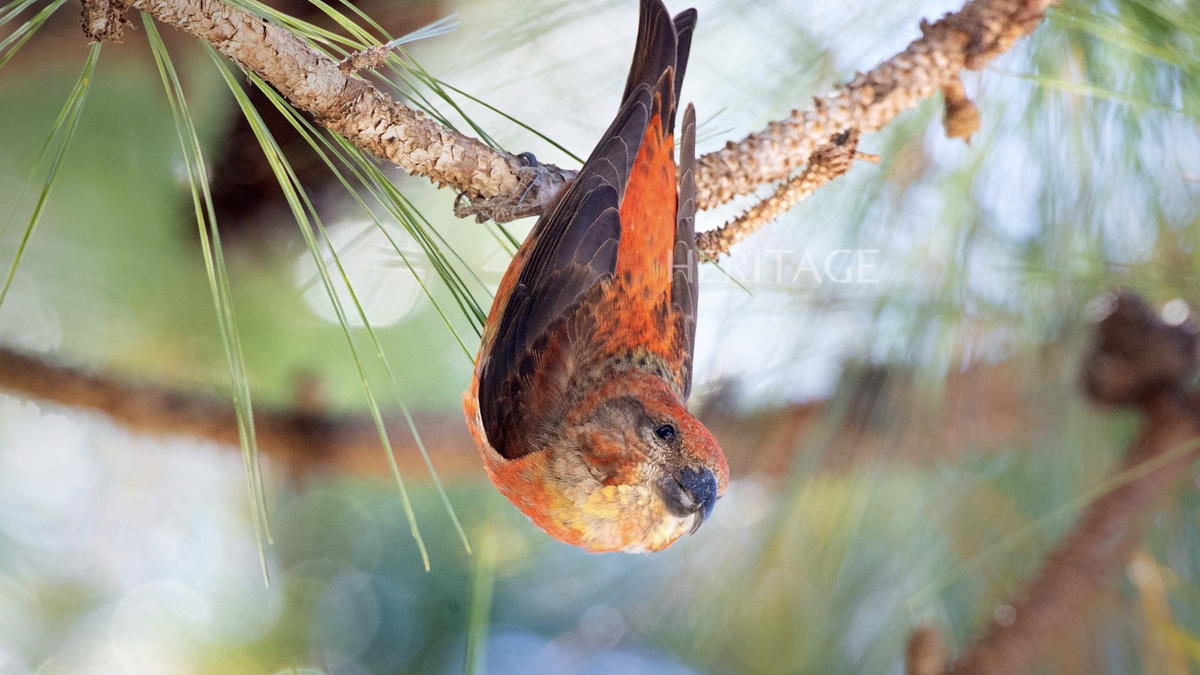
![[Photo] Prime Minister Pham Minh Chinh chairs meeting on nuclear power plant construction](https://vphoto.vietnam.vn/thumb/1200x675/vietnam/resource/IMAGE/2025/10/22/1761137852450_dsc-9299-jpg.webp)
![[Photo] Da Nang: Shock forces protect people's lives and property from natural disasters](https://vphoto.vietnam.vn/thumb/1200x675/vietnam/resource/IMAGE/2025/10/22/1761145662726_ndo_tr_z7144555003331-7912dd3d47479764c3df11043a705f22-3095-jpg.webp)
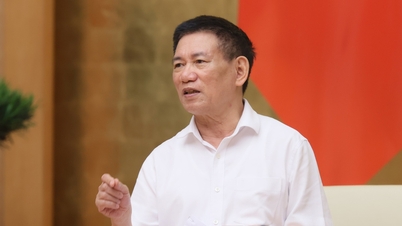




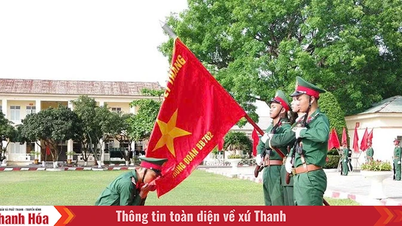

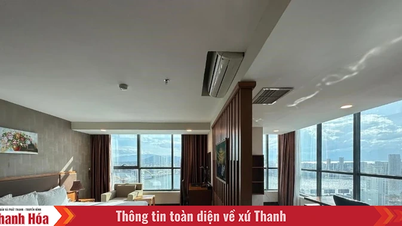
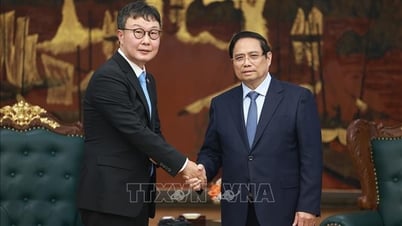





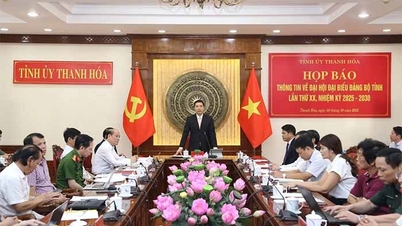
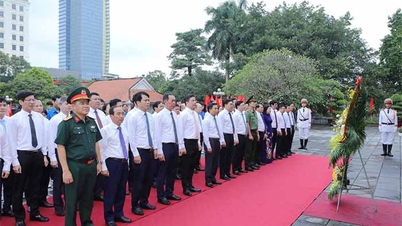
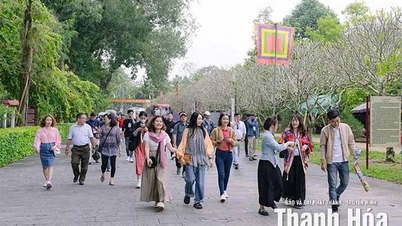
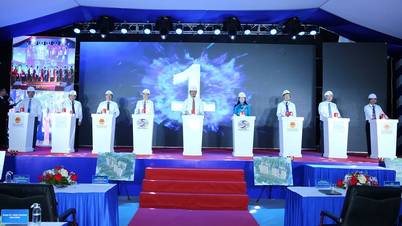




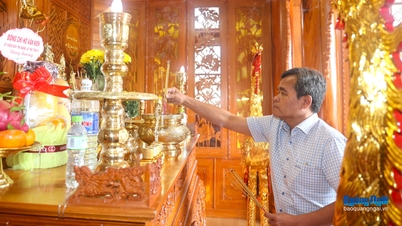
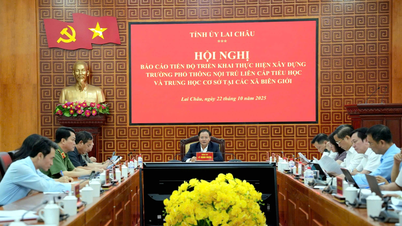
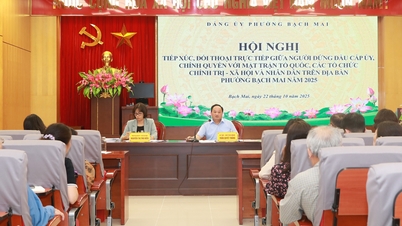

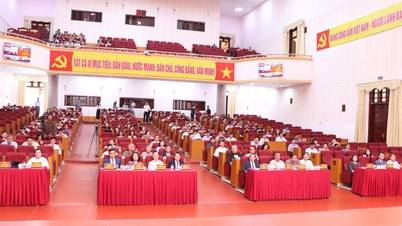
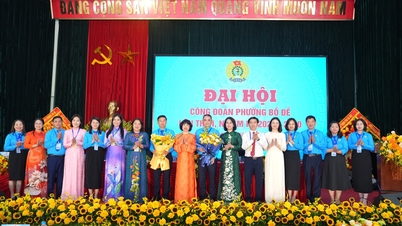








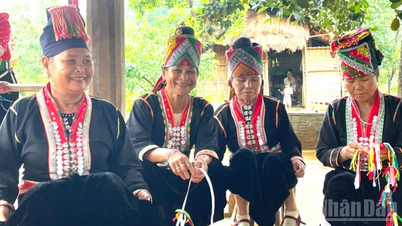












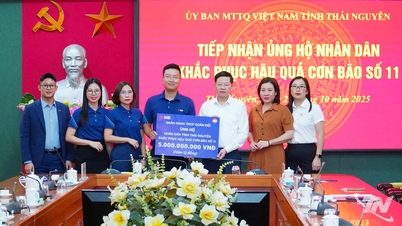



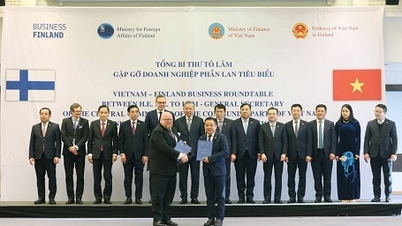











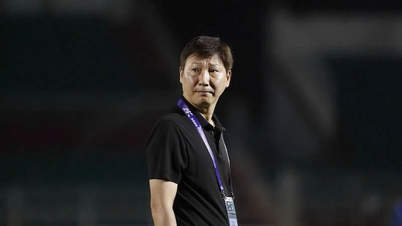
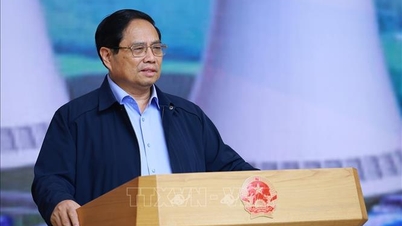
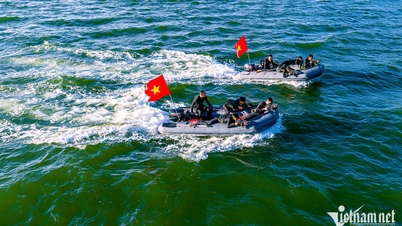
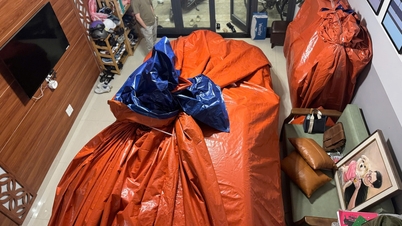
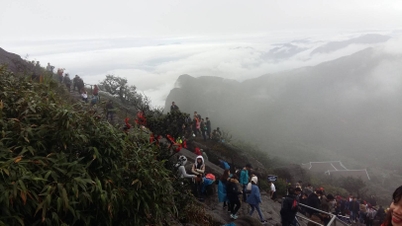

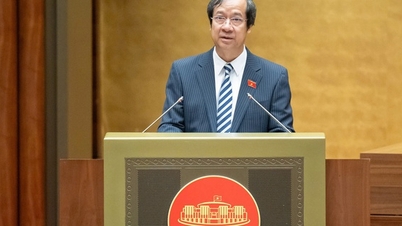

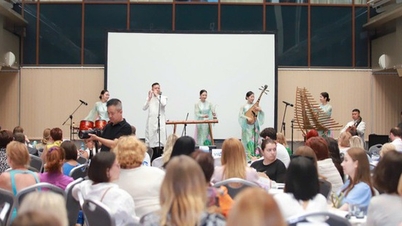
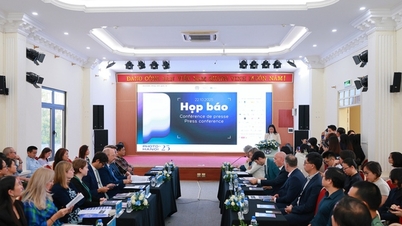
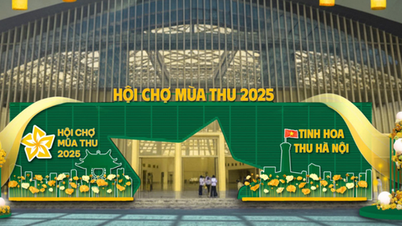
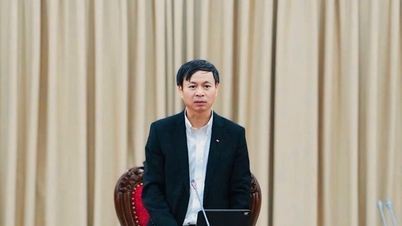


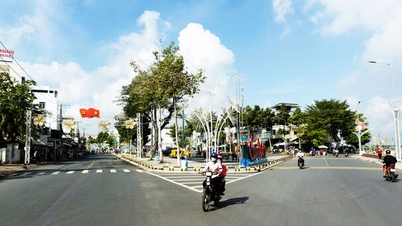



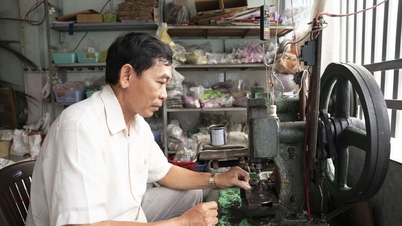
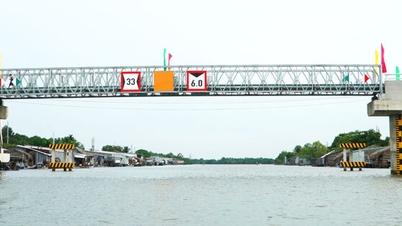
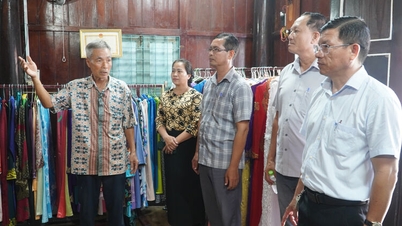
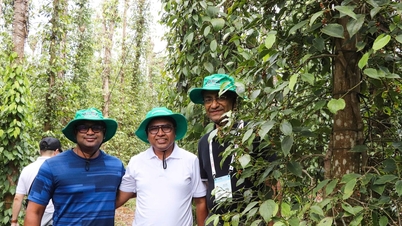















Comment (0)